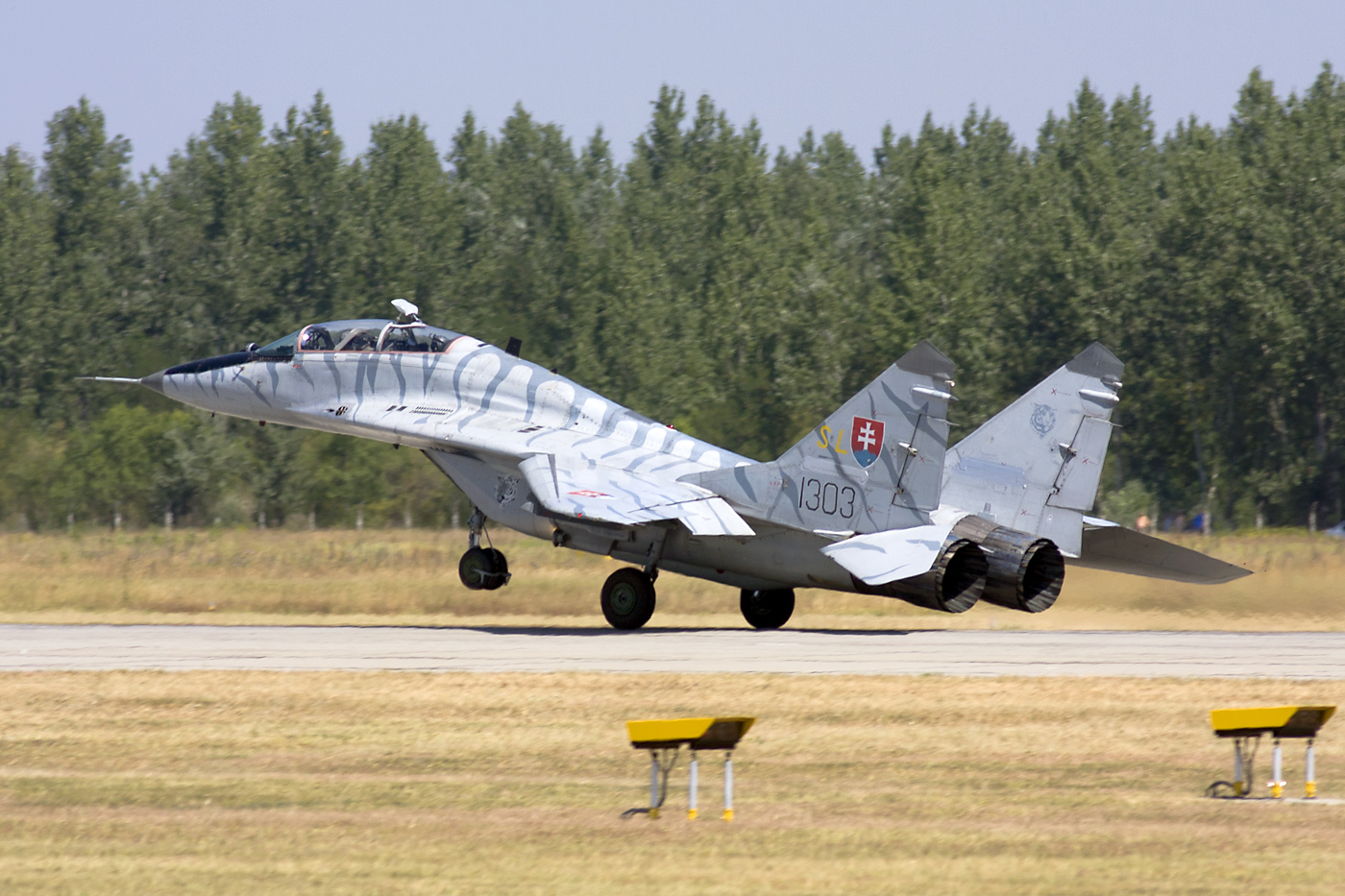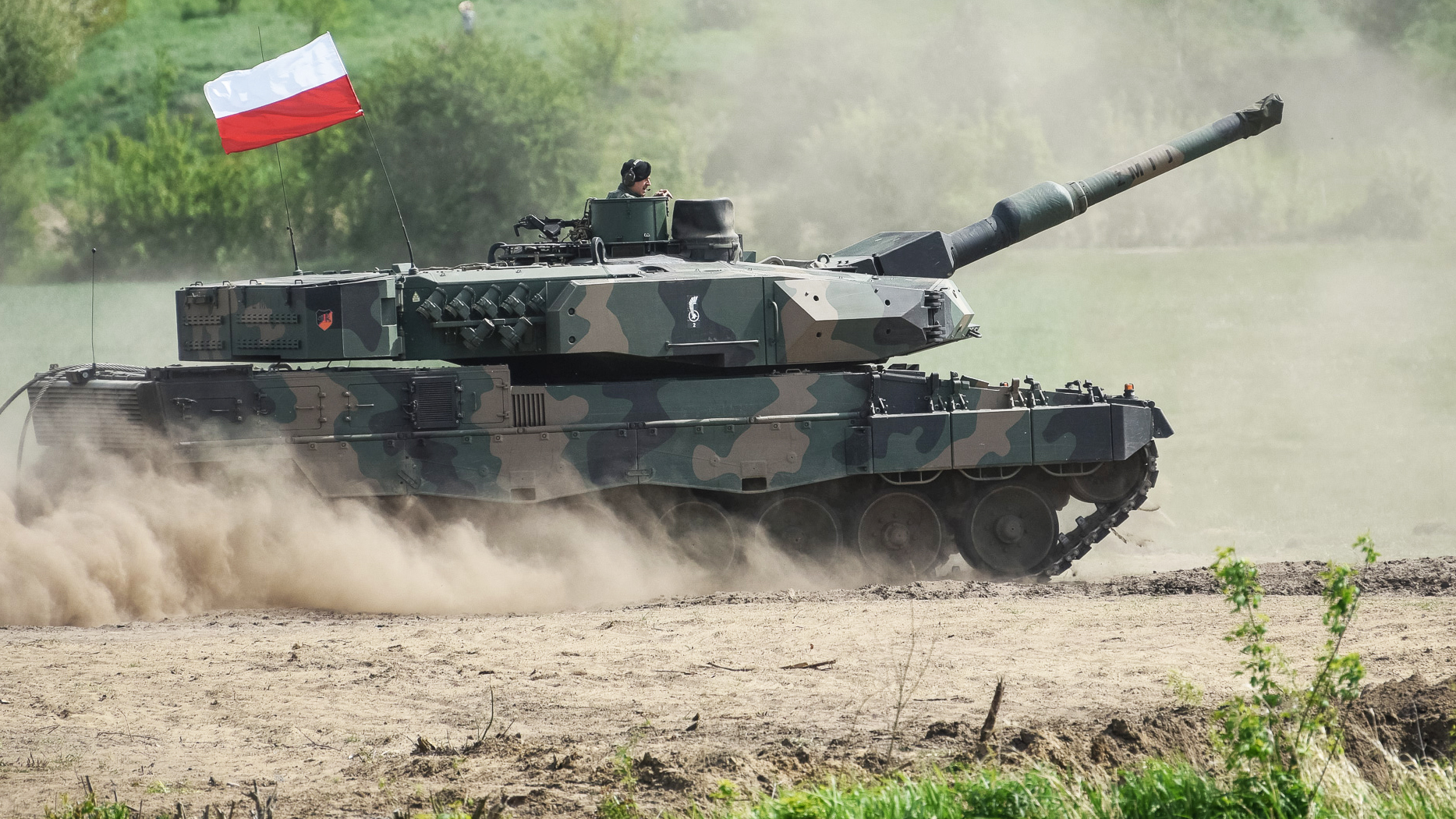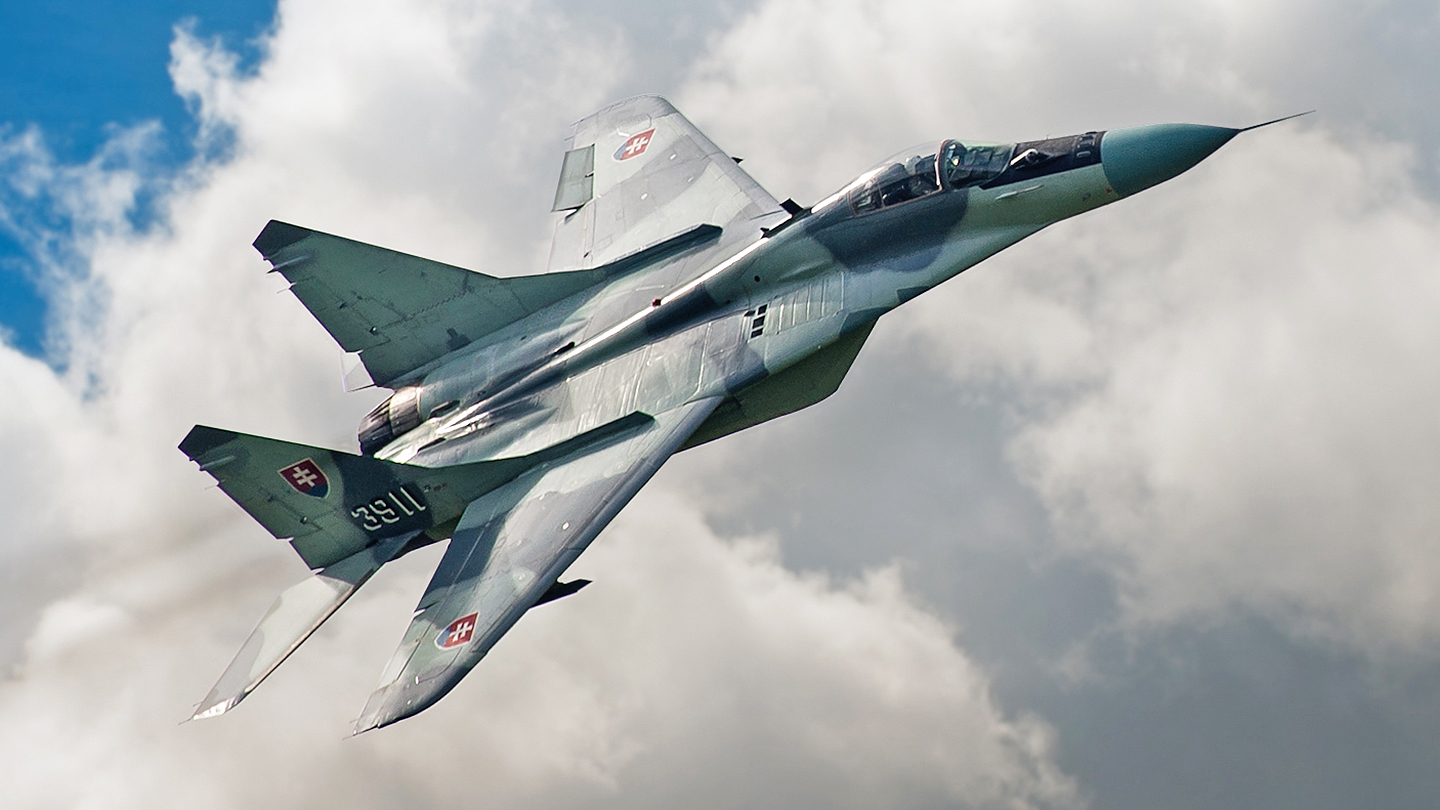Slovakia has joined Poland in making an official decision to provide Ukraine with Soviet-era MiG-29 Fulcrum fighter jets, the two NATO members becoming the first countries to commit to delivering tactical jets to Kyiv since Russia launched its full-scale invasion. Slovakia ceased flying its MiG-29s last summer and the possibility of transferring these jets to Ukraine had been raised previously, but the earlier plan had collapsed amid U.S. pressure.
“Today, the government decided and unanimously approved an international agreement [on the donation of MiG-29s],” Slovakian Prime Minister Eduard Heger said. “The process of handing over these fighter jets is closely coordinated with the Polish side, with Ukraine and, of course, with other allies,” he added.
That last point indicates that Slovakia is now part of the coalition of countries that Poland suggested should work together to transfer MiG-29s to Ukraine from their respective stocks. A third NATO member, Bulgaria, also has stocks of the Soviet-era jets that could potentially be sent to Ukraine, although so far it’s not understood to have joined the coalition.
Taking to Twitter, Heger confirmed that the Slovakian government has approved the transfer of 13 MiG-29s to Ukraine. When the last Slovakian Fulcrums were retired, it was widely reported that the final fleet comprised around 11 operational jets — a mix of moderately upgraded MiG-29AS single-seaters and MiG-29UBS two-seaters. Currently, there is no delivery timeframe for the Slovakian jets, although unconfirmed reports suggest they could begin to arrive in the next few weeks.
Today’s announcement follows a previous statement from Slovakian Minister of Defense Jaroslav Nad, in which he confirmed that his Polish counterpart had told him at a recent European Union meeting that Warsaw would agree to a joint process to transfer MiG-29s to Ukraine.
Until their withdrawal, Slovakia’s MiG-29s were the country’s primary air defense fighters. Ten of them had been inherited from the former Czechoslovak Air Force when Czechoslovakia split into two sovereign states in December 1992. Subsequently, another 14 MiG-29s were received from Russia in two batches in the mid-1990s. At least three were lost in accidents, while others were put in museums.

Slovakia will ultimately replace its MiG-29s with 14 new F-16 Block 70 fighter jets ordered from the United States in 2018. The first of these advanced jets — which will feature the APG-83 active electronically scanned array (AESA) radar, a modernized cockpit, and conformal fuel tanks — are now expected to arrive in 2024.
Slovakia opted for a unique modernization program for its Fulcrums, resulting in the ‘NATO-compatible’ MiG-29AS and MiG-29UBS, with the upgrade being integrated by Russian Aircraft Corporation MiG with participation from Rockwell Collins and BAE Systems, between 2005 and 2008. The aircraft received AN/APX-113 identification friend or foe (IFF), AN/ARC-210 radio, AN/ARN-147 VHF omnidirectional range/instrument landing system (VOR/ILS) as well as the AN/ARN-153 tactical air navigation (TACAN) system. A Russian MFI-54 display and PUS-29 data input panel were provided in the cockpit. The upgraded aircraft, 12 in all, also feature a ‘digital’ camouflage scheme.
These modifications are hardly essential to Ukraine, as a non-NATO member, and simply having additional MiG-29s of any configuration to help make up for the losses it has suffered so far in the fighting will be of enormous value. Indeed, it wouldn’t necessarily be a surprise if some of the NATO-standard avionics were even removed.
There is a question about how long it will take to return the Slovakian MiGs to airworthiness, considering they were withdrawn last August and, in the case of some of them, it seems they will instead be used as a source of spares.
According to Reuters, Slovakia “will send those that are operational, and the rest will go for spare parts” although no breakdown was provided in terms of the numbers of aircraft in each category.
The team of researchers at the influential Oryx blog state that the Slovakian deliveries will comprise 10 upgraded MiG-29AS and UBS jets that will enter operational service, plus three non-upgraded examples that will be used as a source of spare parts.

Either way, having more MiG-29s and spare parts for them — as well as potentially additional stocks of weapons — will provide a boost to the Ukrainian Air Force, especially when combined with further MiGs that are being donated by Poland.
Poland, for its part, formally announced the transfer of at least a portion of its MiG-29 fleet to Ukraine yesterday. Polish President Andrzej Duda said that the first four Polish MiG-29s will be handed over to Kyiv “within the next few days” and added that “the rest are being prepared, serviced.” Reportedly, Poland is preparing to transfer between 11 and 19 of the aircraft, from a total current fleet of around 28.
As well as pledging to hand over the MiGs, Slovakia’s Prime Minister Heger also confirmed that the country would supply Ukraine with a part of its 2K12M2 Kub-M2 air defense system. Known to NATO as the SA-6 Guideline, the Kub has not previously been supplied to Ukraine as part of the post-invasion arms transfers.

The Kub is the predecessor to the Buk-M1 (SA-11 Gadfly) mobile medium-range surface-to-air missile system that is already used by Ukraine (and by Russia). Like the Buk, the Kub makes use of tracked missile launch vehicles, but unlike the later system, these carry three instead of four ready-to-fire missiles, while the fire-control radar is mounted on a separate vehicle.
Last year, Slovakia’s sole S-300PMU (SA-10 Grumble) long-range air defense battery was shipped to Ukraine after NATO gave assurances that it would fill the gap it would leave behind. It remains the only known example of the S-300 donated to Ukraine.
As part of the deal to transfer the MiGs and Kub systems, Slovakia will receive financial compensation from the European Union. While the value of this has not been announced, Heger did say that another agreement with the United States on deliveries of military material is worth around $700 million.
Clearly, Poland and now Slovakia committing to provide MiG-29s to Ukraine is a watershed moment in terms of arms transfers to Kyiv since the start of the war.
A Slovak Air Force live-fire exercise involving upgraded MiG-29AS jets and R-73E (AA-11 Archer) air-to-air missiles:

New fighter equipment has been near the top of Kyiv’s list of most wanted heavy weapons since the invasion began, but persistent requests from government officials and the air force alike have previously gone unfulfilled, partially amid concerns that such a move could be escalatory. But this sentiment has slowly changed over the past year of fighting.
As we have already seen in the case with a number of weapons transfers, especially Leopard 2 main battle tanks and a hodgepodge of increasingly capable air defense systems, however, the transfer of even high-end weapons that were once seen as off-limits can become more palatable once countries form coalitions. Poland, notably, has played a leading role in getting both Leopard 2s and now MiG-29s to Ukraine.

For now, however, it doesn’t seem that the more modern Western fighter jets that Ukraine would prefer to receive are going to follow the MiGs. “We knew that this was something that the Slovakian government was considering doing,” White House spokesman John Kirby said today. “So it’s not a surprise that they moved in this direction.”
As to whether it changes U.S. reluctance to supply F-16s or other modern Western fighter jets to Ukraine, or if the United States would now sanction delivery of F-16s to backfill the reduced Polish or Slovakian fighter fleets, Kirby was clear: “No, it doesn’t have any impact or effect on our own sovereign decision-making system.”
With that in mind, it looks as if Ukraine’s wait for advanced Western fighter jets will continue, although the promise of MiG-29s to help address Ukrainian Air Force attrition will surely be welcome in the meantime.
Contact the author: thomas@thedrive.com
